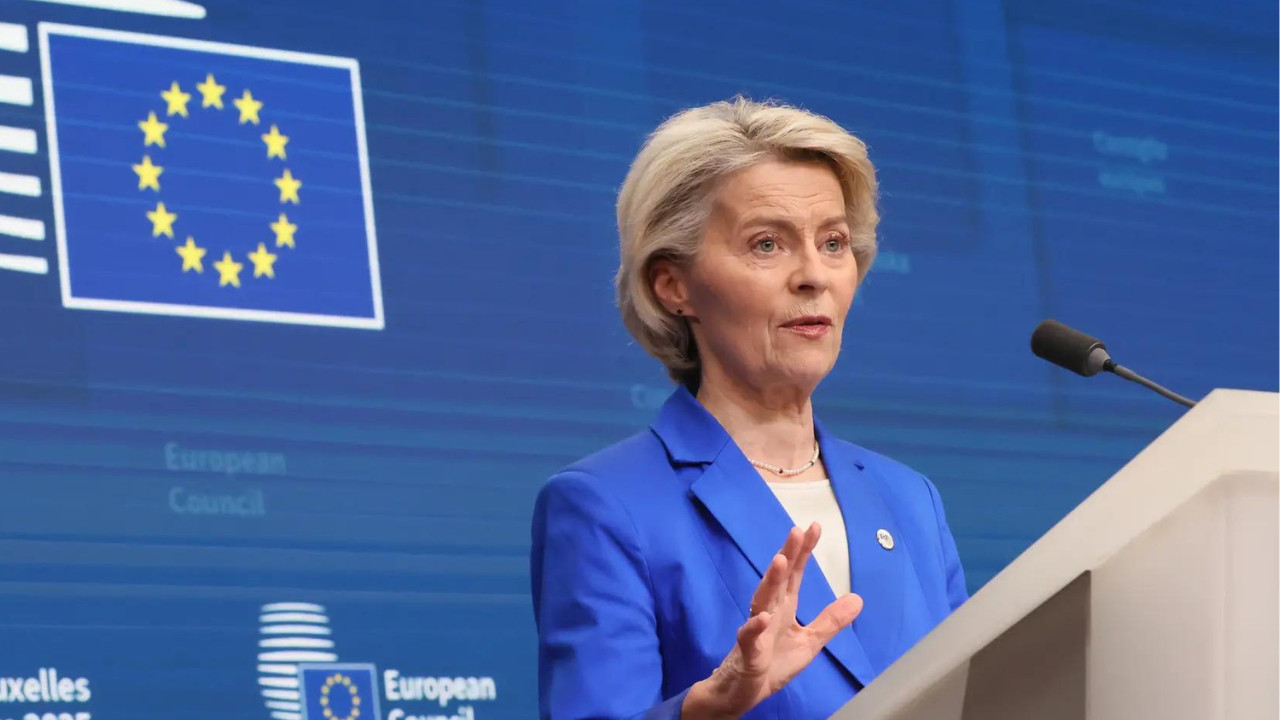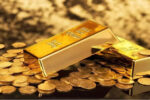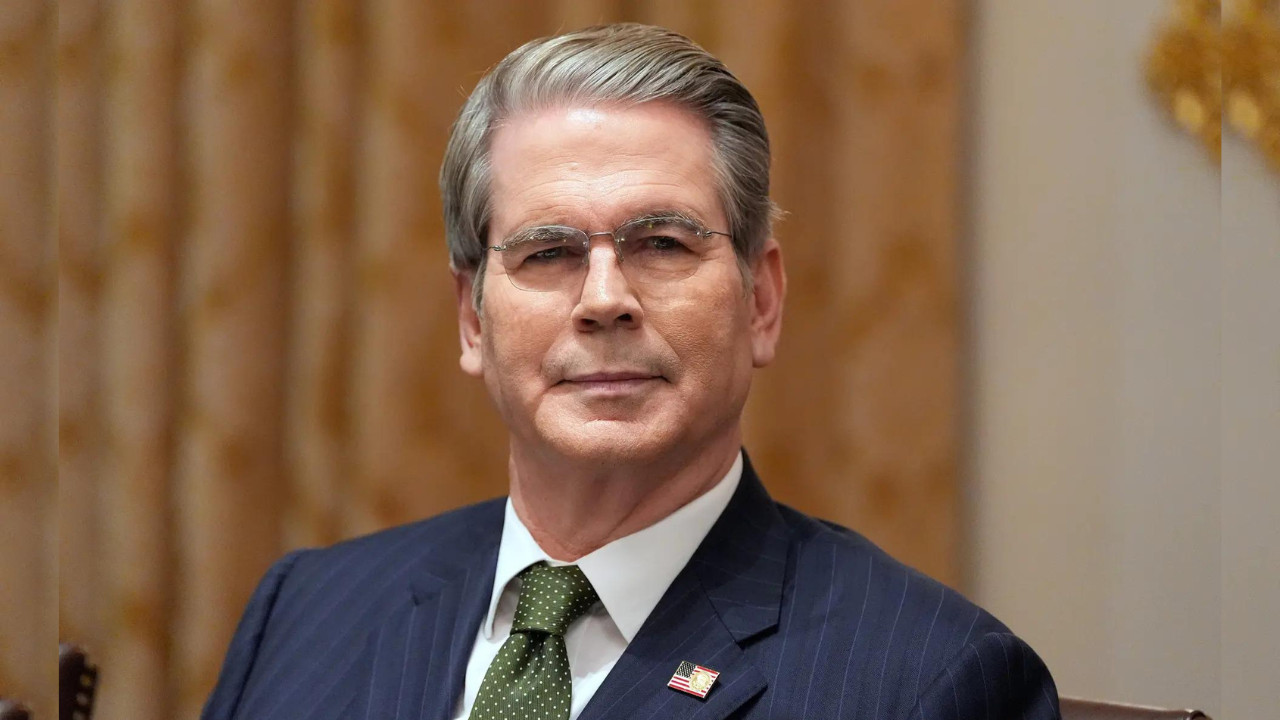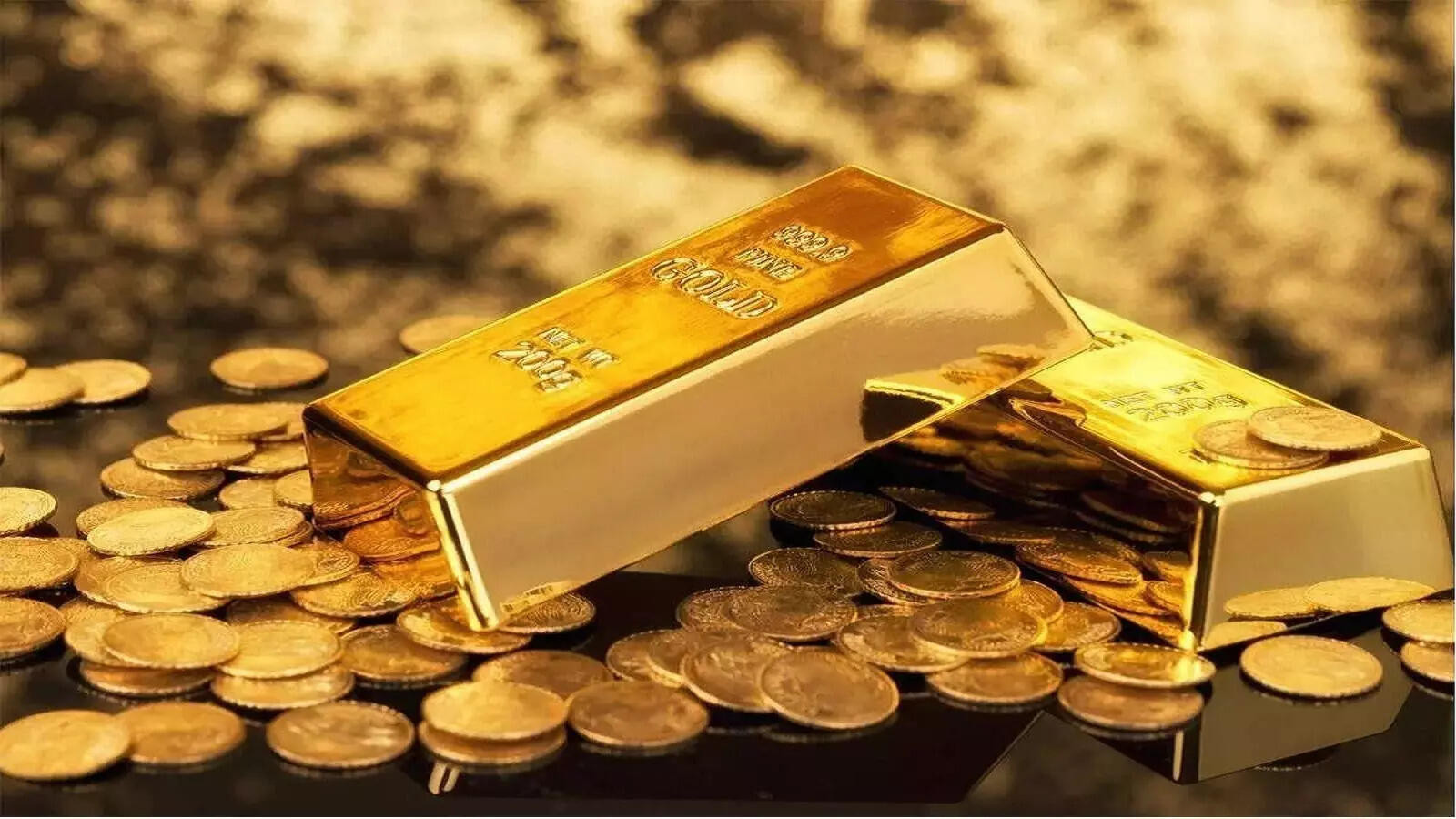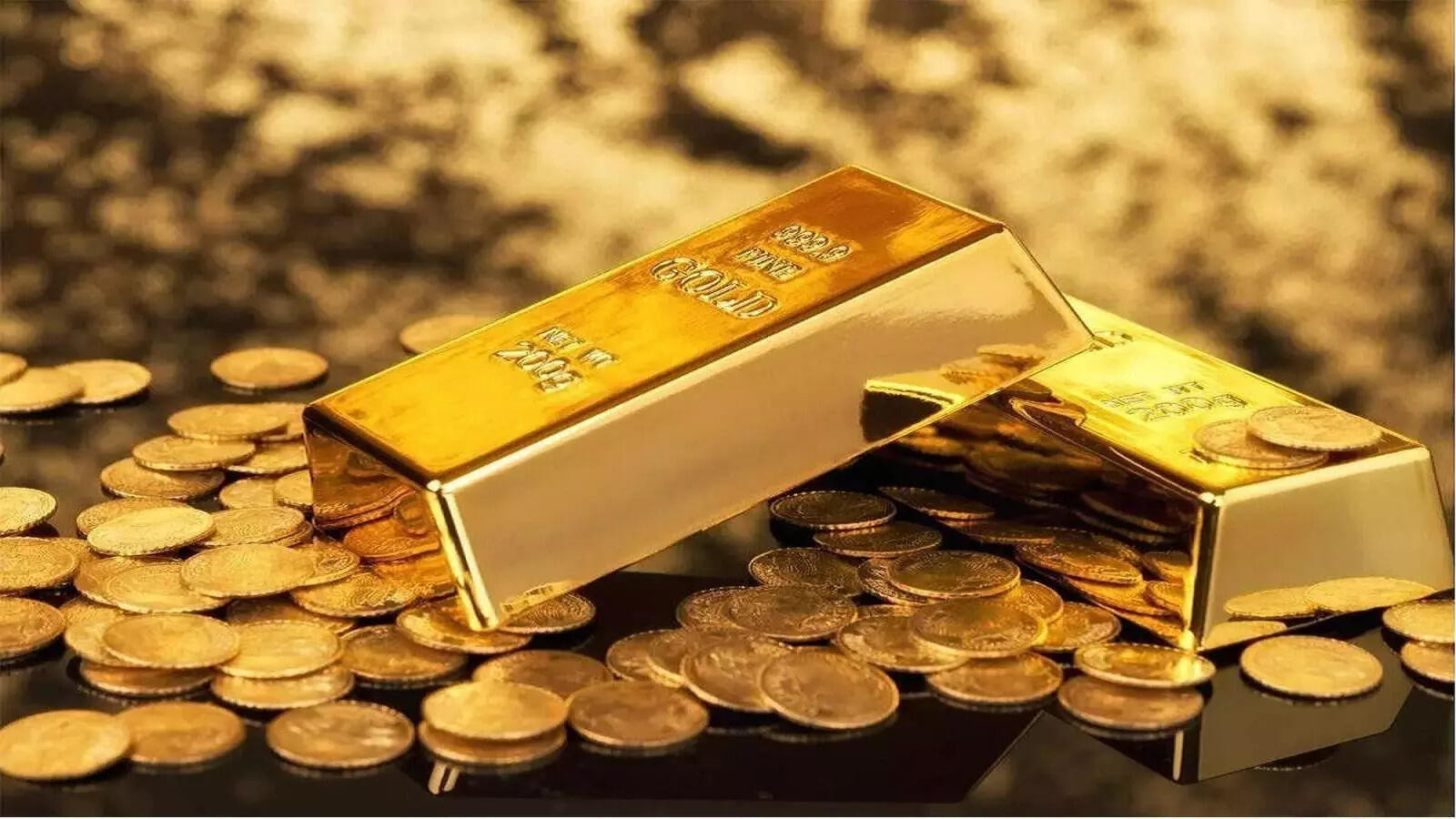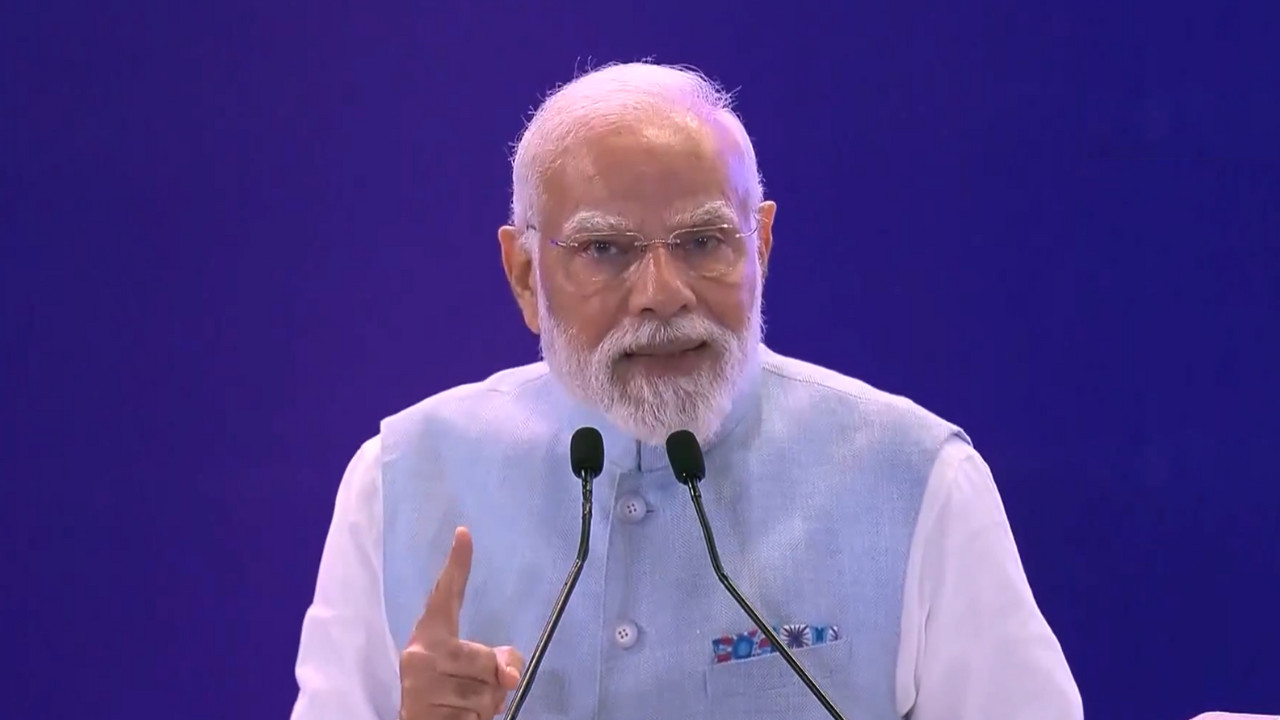The European Union is launching RESourceEU to reduce its dependence on China for critical raw materials, following Beijing’s export restrictions. The strategy will focus on recycling, domestic production, and partnerships with countries like Australia and Canada to secure vital minerals for key industries and enhance economic security.
Europe’s Bold Plan to Break Free from China’s Rare Earth Grip
For years, whispers have grown into shouts about Europe’s over-reliance on China for critical raw materials, particularly rare earth elements. These elements, the unsung heroes behind our smartphones, electric vehicles, and wind turbines, are essential for a modern, green economy. But sourcing them has become a strategic vulnerability. Now, the EU is taking decisive action, embarking on an ambitious journey to secure its own supply chain and lessen its dependence on a single dominant player.
The plan isn’t a simple overnight fix. Instead, it’s a multi-pronged approach, designed to foster a resilient and sustainable European rare earth ecosystem. The focus? Boosting domestic mining and refining capabilities, prioritizing recycling, and forging strategic partnerships across the globe.
Digging Deeper: Investing in European Rare Earth Resources
One of the most significant shifts involves seriously exploring and developing Europe’s own rare earth deposits. The continent isn’t entirely devoid of these valuable resources; the challenge lies in making their extraction economically viable and environmentally responsible. This means investing in innovative mining technologies that minimize environmental impact and prioritize sustainable practices. This renewed focus on domestic sourcing holds the potential to create jobs, stimulate local economies, and bolster Europe’s overall economic independence.
For example, imagine a future where electric vehicle batteries are manufactured using rare earth elements sourced and processed within the EU. This not only reduces reliance on external suppliers but also strengthens Europe’s position in the global green technology race. The image below showcases the potential of responsible rare earth mining.
“`html

“`
The Recycling Revolution: Turning Waste into Valuable Resources
But mining isn’t the only answer. A cornerstone of the EU’s strategy involves significantly ramping up recycling efforts. Many products containing rare earth elements, like magnets in electronics and wind turbines, are currently discarded at the end of their life cycle. Instead of sending these valuable materials to landfills, the EU aims to establish a robust infrastructure for recovering and reusing them.
Think of it like this: urban mining. We already have a treasure trove of rare earths sitting in our discarded electronics. Developing efficient and cost-effective recycling technologies is crucial to unlocking this potential and creating a circular economy for these critical materials. This approach not only reduces reliance on primary mining but also minimizes waste and lowers the environmental footprint of rare earth production.
Building Bridges: Global Partnerships for Diversification
Recognizing that complete self-sufficiency may not be realistic, the EU is also actively pursuing strategic partnerships with other countries around the world. The goal is to diversify its supply sources and avoid becoming overly dependent on any single nation, China included. This involves building strong relationships with countries that have significant rare earth reserves and are committed to responsible and sustainable mining practices.
These partnerships could take many forms, including joint ventures, technology transfers, and long-term supply agreements. The key is to foster collaboration that benefits all parties involved, while ensuring that environmental and social standards are upheld. This proactive approach strengthens the EU’s negotiating position and ensures a more stable and secure supply of rare earth elements.
The Road Ahead: Challenges and Opportunities
The EU’s plan to break free from China’s rare earth grip is undeniably ambitious, and it won’t be without its challenges. Developing new mines and refining facilities takes time and requires significant investment. Scaling up recycling efforts requires overcoming technological hurdles and creating effective collection and processing systems. And forging successful global partnerships demands careful diplomacy and a commitment to shared values.
However, the potential rewards are enormous. A secure and diversified supply of rare earth elements is essential for Europe’s economic competitiveness, its green transition, and its overall strategic autonomy. By embracing innovation, fostering collaboration, and prioritizing sustainability, the EU can pave the way for a more resilient and prosperous future.
Ultimately, Europe’s success depends on its ability to translate its ambitious vision into concrete action. Investing in research and development, streamlining permitting processes for mining and recycling projects, and fostering a supportive regulatory environment will be crucial. The journey may be long and complex, but the destination – a Europe empowered by a secure and sustainable supply of critical raw materials – is well worth the effort.
